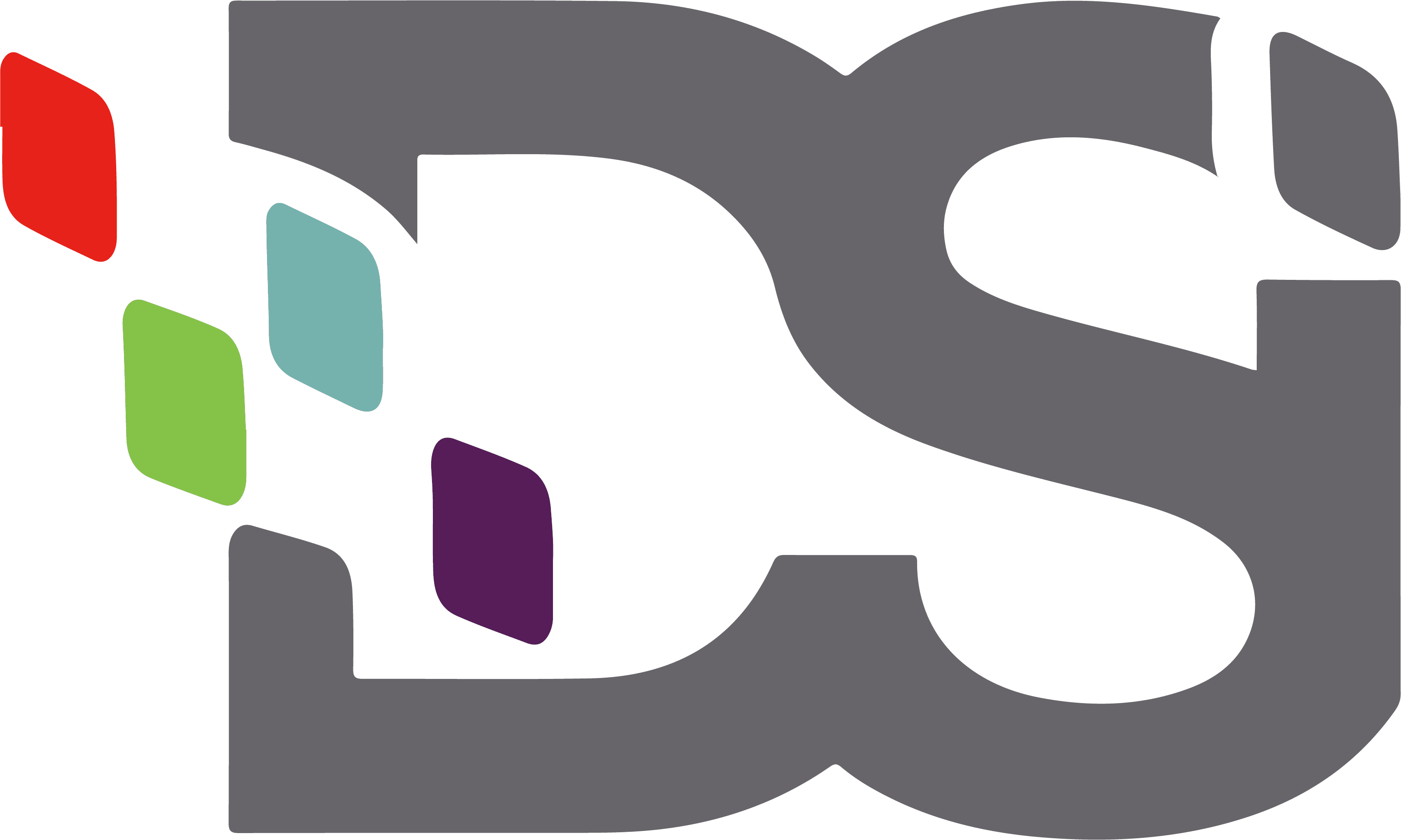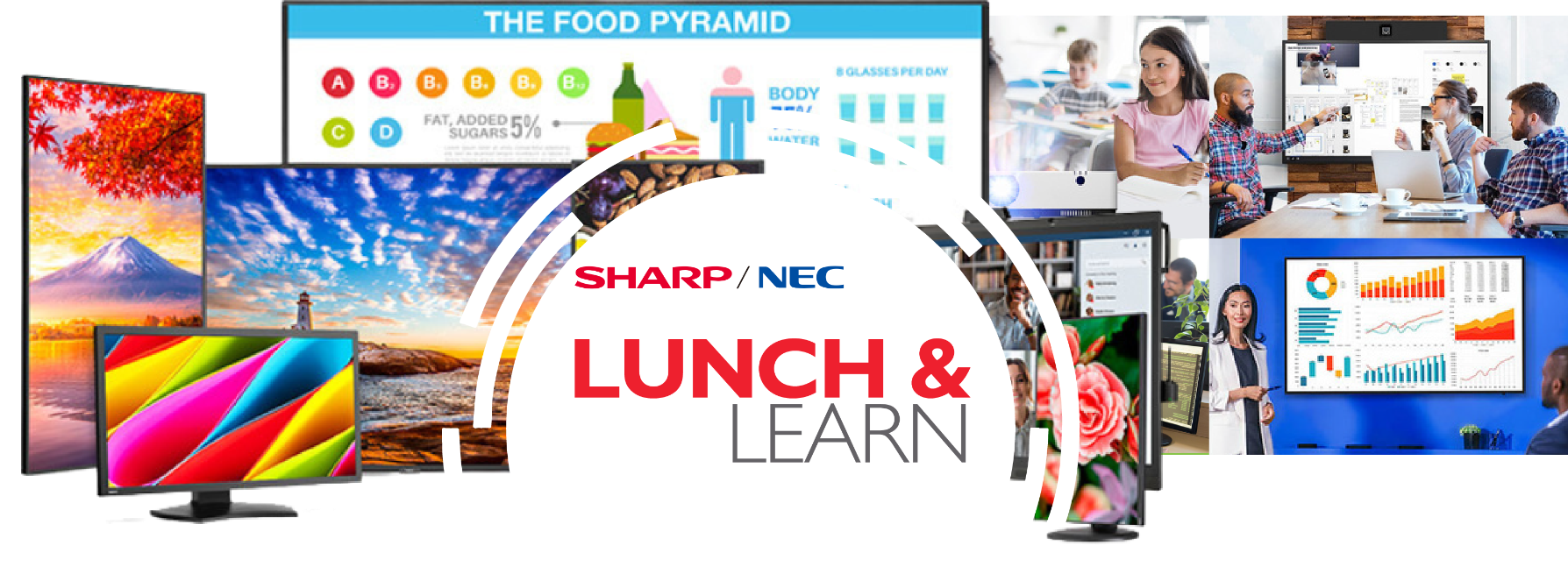When businesses rely heavily on technology to drive their operations, managing all their IT assets efficiently becomes critical. So, what is IT asset management? Simply put, it tracks and manages an organization’s hardware and software resources throughout their lifecycle. This management process helps businesses optimize their IT investments, reduce unnecessary costs, and ensure compliance with regulatory requirements.
Explaining the IT Asset Management Process
The IT asset management process involves a series of strategic actions to track, manage, and optimize all IT assets within an organization. This process typically begins with asset identification, where companies inventory all devices, software, and hardware in their network. Once identified, the assets are tracked throughout their entire lifecycle, from procurement and deployment to retirement and disposal.
Key steps in the IT asset management process include:
- Asset Identification: The first step is cataloging all IT assets, including hardware (e.g., laptops, servers, printers) and software (e.g., operating systems, applications).
- Asset Tracking: Once assets are identified, tracking tools and systems are implemented to monitor their usage, location, and condition.
- Lifecycle Management: Each asset is managed throughout its lifecycle, ensuring it is utilized to its full potential and maintained correctly.
- Compliance and Auditing: IT asset management ensures that all software is licensed correctly, preventing any legal or compliance issues that may arise.
- Disposal and Recycling: Once an asset reaches the end of its life, the final step is to safely dispose of or recycle the equipment, ensuring data security during the process.
A robust IT asset management process ensures that businesses can effectively manage technology resources, minimizing risks and maximizing productivity.
How to Choose IT Asset Management Software
Choosing the right IT asset management software is crucial to ensuring efficient tracking and managing of IT assets. The right software will streamline the process, saving both time and money. Here are a few key features to consider when evaluating different software solutions:
- Ease of Use: Look for software with an intuitive interface that your team can easily navigate.
- Integration: Ensure the software integrates with other business systems, such as finance or procurement.
- Automation Features: A good IT asset management solution should automate key processes, such as asset tracking, compliance reporting, and lifecycle management.
- Security: Choose software with robust security features to protect sensitive asset data.
- Scalability: Make sure the software can scale as your business grows and your IT asset management needs increase.
Selecting the right software can improve efficiency, reduce human error, and gain greater visibility over your IT assets.
Hardware Asset Management vs. Software Asset Management
Regarding IT asset management, it’s essential to understand the distinction between hardware asset management and software asset management. Both play crucial roles in an organization, but focus on different aspects of asset management.
- Hardware Asset Management involves managing an organization’s physical devices, such as computers, printers, servers, and networking equipment. It tracks the condition, location, and usage of hardware throughout its lifecycle, ensuring that assets are fully utilized and maintained correctly.
- Software Asset Management: This deals with managing the software used by the organization, including applications, operating systems, and software licenses. It ensures that software complies with licensing agreements and helps avoid unnecessary renewals or penalties for unlicensed usage.
Both are essential to a comprehensive IT asset management strategy, ensuring that physical and digital assets are tracked, maintained, and optimized.
Benefits of IT Asset Management
The benefits of IT asset management are numerous and far-reaching for businesses. Here are some of the key advantages:
- Cost Savings: By ensuring efficient use of IT resources, businesses can avoid unnecessary purchases, eliminate underutilized assets, and reduce maintenance costs.
- Increased Efficiency: With clear visibility into asset usage, organizations can streamline operations and improve productivity.
- Compliance Assurance: IT asset management ensures that software licensing is properly managed, helping businesses comply with industry regulations.
- Improved Security: Tracking hardware and software assets helps prevent unauthorized access and reduces the risks of data breaches or security incidents.
- Asset Optimization: By monitoring asset performance, businesses can make informed decisions on when to upgrade or replace devices, ensuring that assets continue to meet business needs.
IT asset management is crucial for businesses looking to optimize their technology investments, ensure compliance, and improve overall efficiency. If you are ready to take your IT asset management to the next level, contact DSI to learn more about our managed IT services in Albuquerque and asset management solutions. We can help you streamline your processes and protect your valuable resources with office technology IT services in New Mexico.

Jocelyn Gorman, the Executive Vice President of DSI, possesses a deep understanding of the unique requirements of growing businesses. With over a decade of experience collaborating with clients across various industries, she closely collaborates with her Sales Team to develop and implement tailored technology solutions. These solutions aim to enhance office productivity and minimize operational costs. Her remarkable ability to effectively address business challenges has garnered recognition from prestigious publications such as the Cannata Report and Family Business Magazine.

